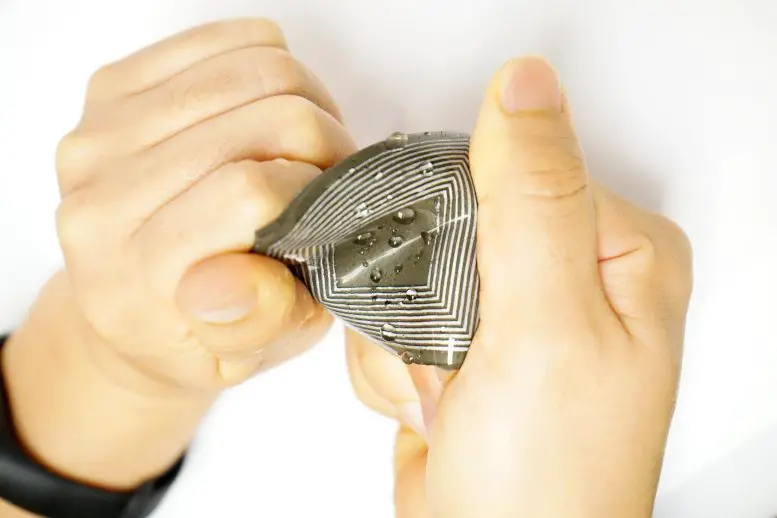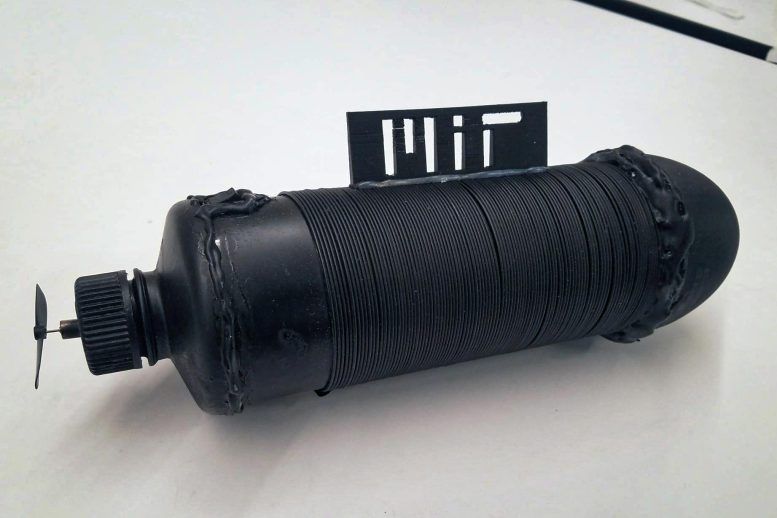Bioengineers Create a New Class of Giant Magnetoelastic effect Human-Powered Bioelectronics.
UCLA Samueli School of Engineering bioengineers has created a new, flexible, self-powered bioelectronic device. This technology transforms body movements, such as bending an elbow or subtle signs like a pulse on the wrist, into electricity that can power implantable and wearable diagnostic sensors.
Researchers discovered that the magnetoelastic phenomenon, which changes how much a material magnetizes when tiny magnets are pulled apart and pushed together by mechanical pressure, can be found in soft and rigid systems. The team created a magnetic field using microscopic magnets embedded in a thin silicone matrix. This magnetic field changes in strength, with the matrix being undulated to prove their theory. Electricity is created when the magnetic field’s strength changes.
Nature Materials was published today (September 30, 2021). It contains a research paper detailing the discovery, the theoretical model, and the demonstration. Nature also highlights the research.
Jun Chen, an assistant professor of Bioengineering at UCLA Samueli, said that the study’s findings open up new possibilities for energy, sensing, and therapeutic technologies that are human-centered and can be connected with the Internet of Things. This technology is unique because it allows people to move comfortably when pressed against their skin. And, since it uses magnetism instead of electricity, humidity, and sweat don’t affect its effectiveness.
Chen and his team created a small, flexible magnetoelastic device (about the same size as a quarter of an American dollar) from a platinum-catalyzed silicone matrix and neodymium iron-boron nanomagnets. The silicone band was then attached to the subject’s elbow. They found that the magnetoelastic effect was four times stronger than similar-sized devices made with rigid metal alloys. The machine produced electrical currents of 4.27 mA per square centimeter, 10,000 times more than any comparable technology.
The flexible magnetoelastic generator can convert human pulse waves into electrical signals and act as an electric heart-rate monitor. You can also use the electricity generated to power other wearable devices, such as a thermometer or sweat sensor.
Although there have been efforts to create wearable generators that harness energy from the human body to power devices and sensors, practicality has hampered such advancements. The magnetoelastic effect is a rigid metal alloy that does not compress enough against the skin to generate significant power.
Other devices that depend on static electricity need to generate more energy. They can also be affected by humidity and sweat. Although some have attempted to encapsulate such appliances to keep out water, this reduces their effectiveness. However, the UCLA team’s wearable magnetoelastic generations performed well after being submerged in artificial sweat for a week.




